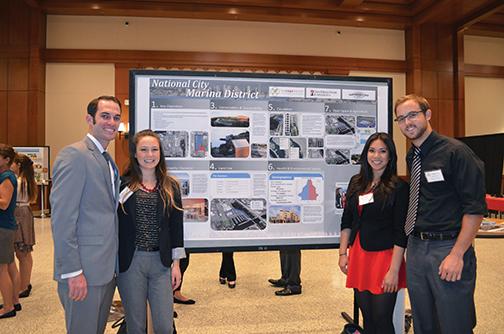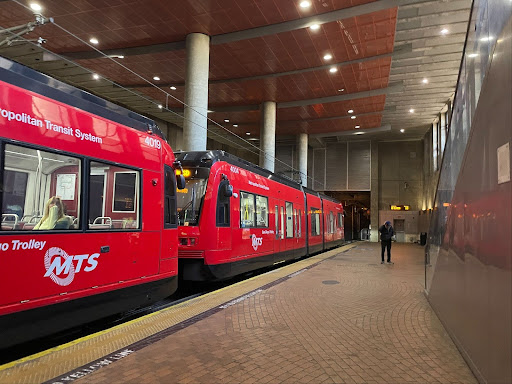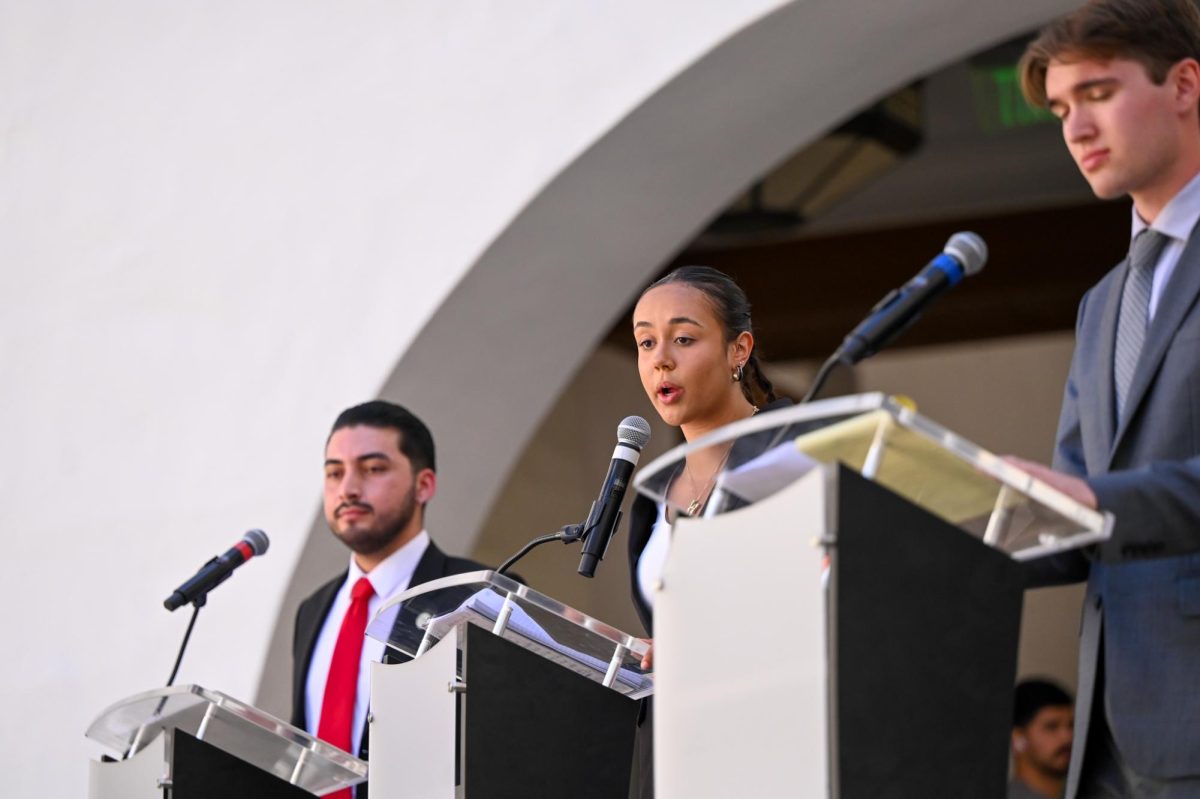San Diego State’s Sage Project is currently seeking new cities in San Diego County to partner up with for the 2015-16 academic year. The Sage Project is a program that partners SDSU with local government to create and propose projects for the betterment of the partner city.
“We are interested in working with any of the cities within San Diego County,” Sage Project Director Jessica Barlow said. “We will also be especially interested in those cities that can propose a list of diverse projects that can be tackled by numerous disciplines across the campus.”
National City is the Sage Project’s partner for 2013 as well as this academic year. The partnership officially ends in May 2015, at which point a new city will be chosen in San Diego County.
Cities interested in partnering must submit a statement of interest by Nov. 15 and must include brief descriptions of potential projects.
“All cities face a range of interesting challenges that provide excellent hands-on, problems-solving experiences for students,” Barlow said.
The partner city should have the resources to fund between 10 and 20 projects. Cities must anticipate the cost of each project to range anywhere between $15,000 and $50,000, according to the Sage Project website.
In return, SDSU students generate ideas, designs and solutions for areas in need of growth for the chosen city.
Civil engineering graduate student Karen Islas worked on a project focused on enhancing transportation-related infrastructure and prevention of storm water contamination.
“(The Sage Project) definitely was a challenge, but the results were so fulfilling, and it gives you the chance to try the life as a professional before obtaining your degree,” Islas said.
The Sage Project partnership with National City has produced a number of projects and initiatives taken up by the local government.
One of these projects was a long-range property management plan. Sustainability and political science graduate student Josh Garman worked with 10 students to research 32 National City properties to outline property acquisition information, disposition and value of the properties to submit to state.
“I learned about how development decisions are made and the type of things developers look for when considering investing in real estate development,” Garman said. “This project really helped develop a strong understanding urban planning.”
Garman said around 80 percent of the research his team did is being used in a plan the city will submit to the state.
Islas’ project was recognized by the Institute of Transportation Engineers and the American Society of Civil Engineers. It was presented to the National City Council in June and will be adapted by the city.
Barlow could not comment on what cities have applied or what cities are being considered. She will be holding a Q-and-A session on Oct. 16 on campus for interested parties.







